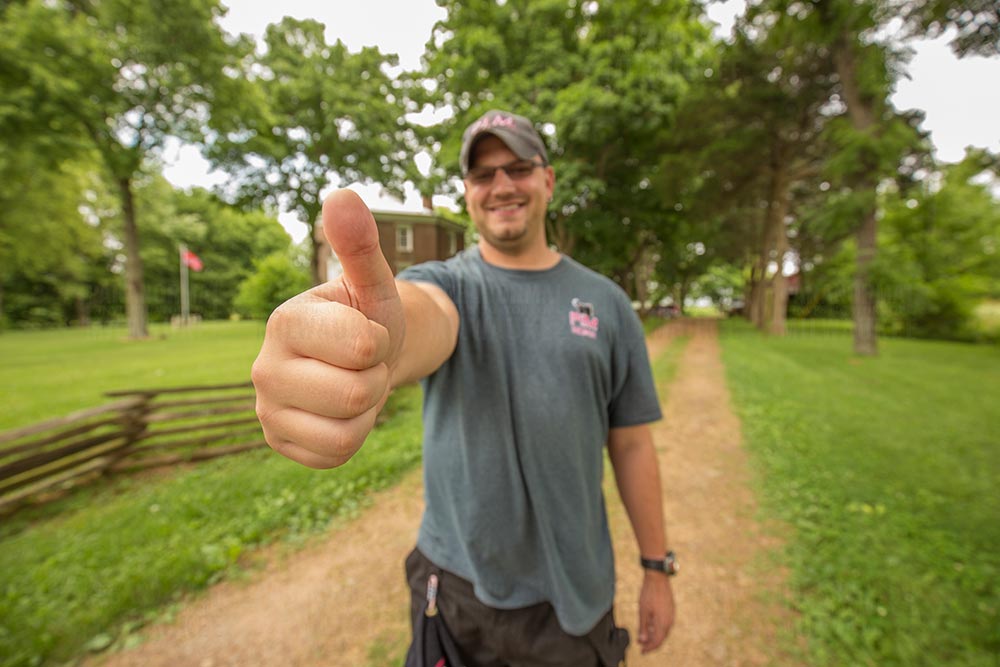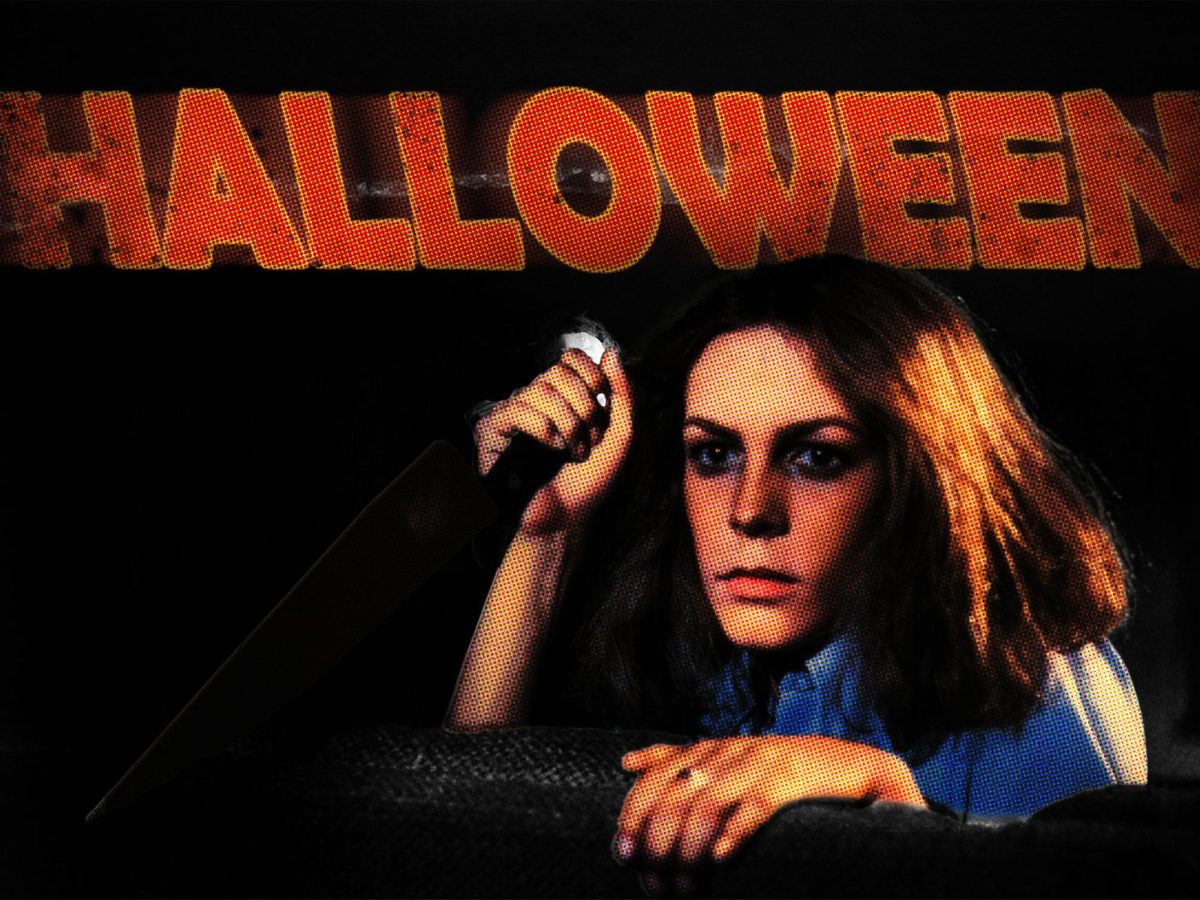
I don’t watch horror movies.
If I’m forced to sit through one, I need to have my hand touching my face at all times, just in case something evil pops out of nowhere and I have to cover my eyes. Otherwise, the image is engraved in my brain for weeks.
Every time, I somehow convince myself that seeing a movie about some unearthly monster gives said monster the right to leave its fictional world and come after me.
After I saw “The Ring,” I couldn’t sleep soundly for months because of a gripping paranoia that Samara would find me in my sleep. One night, I was so convinced she was breaking through my bedroom window that I screamed and woke up my entire family. Of course, I discovered that Samara was nowhere to be found, and what I mistook for the sound of glass breaking was actually a poster falling off my wall.
So yeah, no horror movies. Perhaps that is why the one scary movie I can watch is actually more of a psychological thriller.
“The Sixth Sense” is one of those movies you need to watch several times in order to really appreciate the quality of the work. While it lacks creepy supernatural beings that jump out at the most inopportune times – much to my relief – it instead gets most of its thrills from the things you don’t see.
Even if you’re unfamiliar with the film, you’ve probably heard its most quoted line: “I see dead people.” That’s the premise of the entire movie: a boy sees ghosts. The audience, however, doesn’t find this out until halfway through the movie.
Until then, director M. Night Shyamalan keeps viewers wondering why this boy, Cole, played brilliantly by Haley Joel Osment, acts so mysteriously. Hiding in churches and making a fort filled with religious statues aren’t normal activities for young boys. The unusual cuts and scratches on Cole’s body are also cause for concern, particularly for his recently divorced mother, who only wants her son to communicate with her.
Once Cole’s secret is revealed, everything starts making sense. Cole’s psychiatrist, Malcolm Crowe (Bruce Willis), adds another element to Shyamalan’s scheme of gradual plot revelations, but I won’t spoil that deviously good character development for you. (But seriously, it came out in 1999; if you don’t know the twist yet, it must be comfortable under that rock you’ve been living under.)
The film also offers a unique perspective on the ghosts themselves. Whenever Cole encounters one of the unwelcome spirits, he runs away and hides.
Yet once Crowe believes Cole’s situation, he advises Cole to stop running and listen to what the ghosts have to say. The film then focuses on the importance of communication for Cole, not only with the spirits but with his mother as well. It’s an interesting take on a problem central to most horror movies and a unique take that, as far as I know, only Shyamalan has pulled off.
I’m a sucker for symbolism and imagery, which seem to be favorite techniques of Shyamalan since “The Sixth Sense” is dripping with them. Again, most of the fun in this movie is watching it over and over, continually picking up on small things you may have missed the first few times.
I won’t give away too much. You should, however, make note of doors, windows and the color red, all of which appear intentionally in key moments throughout the film.
It may not have as many scares as “Paranormal Activity” or “Sinister,” but “The Sixth Sense” is certainly a chilling film. It focuses on a real fear: the fear of the unknown. Not only is that something everyone can relate to, but it also can reveal things about our own weaknesses and personalities that we may otherwise be too ashamed to admit.
For me at least, that can be more frightening than any horror movie ever will.




